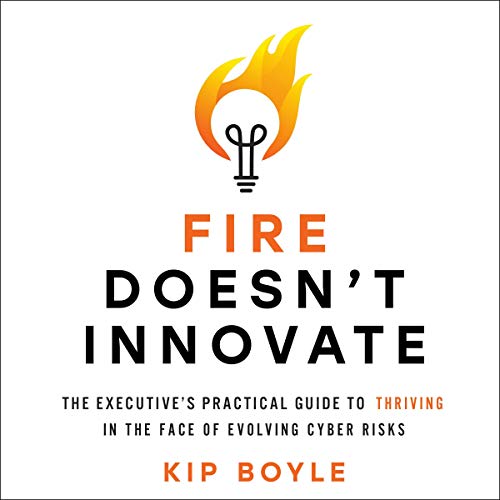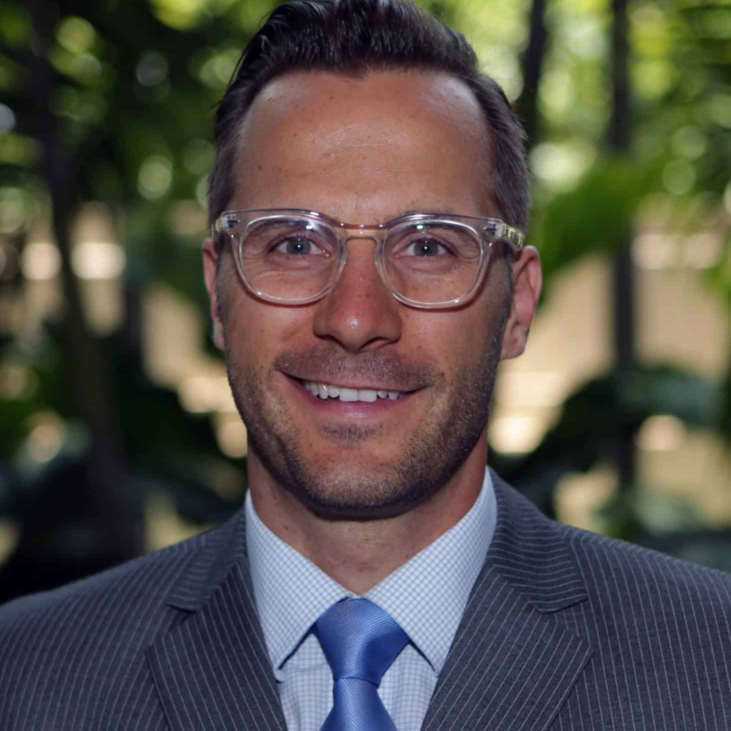Bio
Kip Boyle has 24 years of experience serving in cybersecurity and IT risk management roles for organizations in the insurance, financial services, technology, military, and logistics industries.
Over his entire career, Kip has helped executives change their cyber risks from business blockers to business enablers. As Chief Information Security Officer at PEMCO Insurance, he transformed a frustrating, cumbersome cybersecurity program into one that both protected customers’ information and enabled the business to grow at a faster pace. As Chief Security Officer of PEMCO Technologies, a debit and credit card transaction processor, and PEMCO Corporation, an IT services provider to financial institutions, Kip successfully led the companies through their first ever SAS70 type II certifications, removing a serious sales objection to the continued growth of those companies. At Expeditors International, he led a cross-functional IT governance team that significantly reduced the number of critical events and failures created by much-needed system and technology changes. While at Stanford Research Institute (SRI) Consulting, Kip led a team of six in a comprehensive security review and smartcard/encryption upgrade of the Windows-based FedLine, an instant-settlement funds transfer application for more than 12,000 U.S. financial institutions. For the USAF F-22 Advanced Tactical Fighter program, Kip successfully transformed the network security governance model from one of rigid centralized decision-making to one of delegated decision making by the prime contractors: Lockheed-Martin, Boeing, and Pratt & Whitney.
Kip earned a Masters of Science in Management from Troy State University. He earned a Bachelor of Science in Computer Information Systems from the University of Tampa. He has also received a graduate certificate in Executive Leadership from the Albers Business School at Seattle University.
Kip earned his Certified Information Systems Security Professional (CISSP) and Certified Information Systems Manager (CISM) credentials in 1997 and 2003, respectively. He has taught information security courses to hundreds of students all over the world.
Key Leadership Accomplishments
- Transformed a frustrating, cumbersome cybersecurity program for a property and casualty insurance company into one that both protected customers’ information and enabled the business to grow at a faster pace.
- Formulated and managed the strategy execution for the implementation of the first corporate level information security policy at a global actuarial services firm.
- Implemented and managed two company-wide IT governance programs that significantly reduced the number of critical events and failures created by system and technology changes for a global logistics services provider.
Summary
- Chief Information Security Officer, Strategy Committee Chair, Board of Directors, Entrepreneur
- Assessing and communicating the current state of cybersecurity capabilities
- Calculating the business value of spending on cybersecurity
- Due care and risk-based evaluation of strategic priorities for cybersecurity and IT risk management
- Team building and leadership development
Speaking Topics
Cybersecurity for the Executives and Board Members
Executives and board members want to manage their cyber risks in the same thoughtful and intelligent way as they manage other business risks such as sales, order fulfillment, accounts receivable, and accounts payable. Fortunately, you don’t need to be a technology expert to improve your cyber risk management skills. This session provides practical, to-the-point tips for the busy executive, in everyday language, complete with examples that are easy to understand. Kip Boyle describes the big picture events driving cybercrimes today and the top cyber risks affecting executives and their organizations. He provides examples of common cyberattacks, including actual impacts to real organizations. He uses germ theory to explain how good “cyber hygiene” can help you and your financial institution combat security threats, and introduces the top actions executives can take to avoid threats such as phishing, identity theft, hacking, and financial fraud. Plus, learn how contract “firewalls” and third-party cyber risk management can help you mitigate the most common cyber risks.
Session Goals
- Provide senior decision makers with an understanding of the macro events driving cyber-crimes today and in the foreseeable future
- Describe the top cyber risks affecting senior decision makers and their institutions
- Provide examples and illustrations of common cyber-attacks, including actual impacts to real organizations
- Use “germ theory” as a conceptual model to help students internalize cybersecurity more fully
- Explain the top practical and personal actions senior decision makers can take to reduce their personal and organizational cyber risks
- Respect executive time by getting right to the point, then offering supporting details
Generative Artificial Intelligence Opportunities & Challenges
There’s so much hype around artificial intelligence and Generative AI in particular. Not only that, but AI functionality is practically oozing up through the floorboards of your organization! Which means it’s showing up whether we like it or not. So, what do we do? What are the opportunities? What are the risks? In this session, I’ll strip away the hype and tell you what Generative AI is really about. And, then, how you should try it out on the job.
Augment Your Workforce (Safely & Securely) with Generative AI
My company recently established a Generative Artificial Intelligence Acceptable Use Policy (AUP) for our workforce. Then, we tested this thesis: Can we use generative AI with a freely available large language model to produce work with higher quality and less time than without AI augmentation? In this session, I’ll describe how we tested this thesis, the results, and what we decided to do.










![MikeJrPhotoColorx1x[1] MikeJrPhotoColorx1x[1]](https://category6consulting.com/wp-content/uploads/bb-plugin/cache/MikeJrPhotoColorx1x1-square-54202660f4611ee55c6203b3a4e33d81-.jpg)

